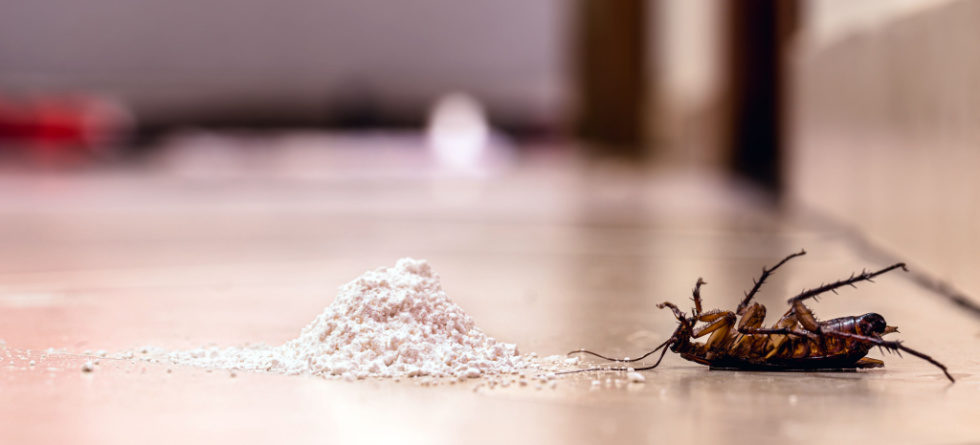Baking soda is a versatile household staple that extends far beyond its usual roles in cooking and cleaning. Its natural properties make it an affordable, eco-friendly, and non-toxic way to manage common household pests. Here’s how baking soda can help you deal with fleas, mice, rats, cockroaches, ants, bedbugs, centipedes, and more—all without using harsh chemicals.

1. Fleas
Baking soda is effective at eliminating fleas by dehydrating their eggs and larvae, disrupting the infestation cycle.
How to Use:
- Generously sprinkle baking soda over carpets, rugs, and pet bedding.
- Brush it into the fibers to ensure coverage.
- Leave it for 12–24 hours, then vacuum thoroughly.
- Repeat every few days until the fleas are completely gone.
2. Mice and Rats
When rodents ingest baking soda, it reacts with their stomach acids, releasing gas that they cannot expel, leading to their demise.
How to Use:
- Mix equal parts baking soda, flour, and sugar to create a bait.
- Place small amounts of the mixture in areas with noticeable rodent activity.
- Check and replenish the bait as needed.
3. Cockroaches
Baking soda disrupts the digestion of cockroaches, making it a cost-effective solution for eliminating them.
How to Use:
- Combine equal parts baking soda and sugar.
- Sprinkle the mixture in areas where cockroaches are active, such as under sinks, near trash bins, and along baseboards.
- Reapply regularly for continued effectiveness.
4. Ants
Ants are drawn to sugar, and consuming a mixture containing baking soda interferes with their bodily functions.
How to Use:
- Mix 1 tablespoon of baking soda with 1 tablespoon of powdered sugar.
- Place small amounts near ant trails and entry points.
- The ants will carry the mixture back to their colony, helping to eliminate the infestation.
5. Bedbugs
Baking soda can dry out bedbugs and their eggs, aiding in infestation control.
How to Use:
- Sprinkle baking soda along mattress seams and furniture corners.
- Leave it for 24 hours, then vacuum thoroughly.
- Repeat weekly until the problem is under control.
6. Centipedes and Other Crawlers
Centipedes avoid areas treated with baking soda, as it irritates their exoskeletons.
How to Use:
- Apply baking soda along baseboards, under sinks, and in damp, dark areas where centipedes hide.
- Reapply every few weeks to maintain its effectiveness.
Why Baking Soda Works for Pest Control
- Dehydration: Baking soda absorbs moisture from pests or their surroundings, causing dehydration and death.
- Attraction & Reaction: When combined with sugar or flour, it attracts pests. The chemical reaction in their digestive systems disrupts their functions.
- Eco-Friendly: Baking soda is non-toxic to humans and pets when used appropriately, making it a safer alternative to chemical pesticides.
Additional Tips for Using Baking Soda in Pest Control
- Keep Areas Clean: Vacuum and clean surfaces before applying baking soda to maximize its effectiveness.
- Combine Remedies: Use baking soda alongside diatomaceous earth or essential oils for enhanced results.
- Seal Entry Points: Prevent pests from returning by sealing cracks, holes, and other access points in your home.
Precautions
While baking soda is generally safe for humans and pets, avoid overusing it in areas accessible to pets, as large quantities can cause stomach upset. For severe infestations, consider using baking soda as a supplementary measure in conjunction with professional pest control services.
Baking soda’s versatility, safety, and affordability make it an excellent natural weapon against pests. Whether dealing with fleas, rodents, ants, or cockroaches, this humble powder can help you take back control of your home without resorting to harmful chemicals. Give it a try!





